
Key Takeaways
- Understanding bike brake repair costs helps ensure a safer ride.
- Professional repairs range from $50 to $100, while DIY costs can be as low as $12 to $50.
- Choices between DIY and professional repair depend on skill level, budget, and time.
When it comes to bike maintenance, brakes are a safety feature you can't afford to ignore. But how much does it cost to fix bike brakes?
On average, fixing bike brakes can cost anywhere from approximately $20 to $150. At a bike shop, you can expect to shell out anywhere from about $50 to $100. If you're comfortable with a wrench and some grease, a do-it-yourself approach can cut that down to a mere $12 to $50.
With years of hands-on experience working with various types of bikes and brake systems, I have encountered and successfully addressed a wide range of brake-related issues. My expertise encompasses practical skills honed through countless hours of diagnosing, repairing, and optimizing bike brakes for optimal performance and safety.
How Much Does It Cost To Fix Bike Brakes?
You're cruising down the street, wind in your face and not a care in the world, until... your brakes start making that all-too-familiar screeching sound.
Ah, the joys of bike maintenance! Don't worry, I've got you covered.
We're going to get into the nitty-gritty of brake repair costs because keeping your stopping power smooth and reliable is vital.
Indeed, the cost of repairing bike brakes can exhibit significant variability, spanning from as low as $20 to as high as $150, contingent upon the chosen method of repair.
If you opt for the convenience and expertise of professional repair services at a bike shop, anticipate spending approximately $50 to $100.
However, for those adept with tools and mechanics, undertaking a DIY approach can substantially reduce expenses to a modest range of $12 to $50.
The DIY route not only offers potential savings but also empowers cyclists with a hands-on understanding of their bike's mechanics and the satisfaction of completing the repair themselves.
So, let's dive in and see what different types of bike brake repairs might run you.
How Much Does It Cost To Fix Disc Brakes On A Bike?
If you have disc brakes, you'll be dealing with parts like pads, rotors, and possibly the hydraulic system. While disc brakes may require more involved maintenance compared to rim brakes, they offer superior braking performance and modulation, especially in adverse weather conditions.
A straightforward pad replacement might set you back $20-$40 for the parts, and if you're up for it, that's a DIY project.
A complete service at a bike shop, which includes labor, could cost around $100. Just remember, if your rotors are worn, that's an extra cost for parts.
How Much To Fix Hydraulic Brakes On A Bike?
Hydraulic brakes indeed offer unparalleled stopping power and smooth modulation, making them a favorite among cyclists who prioritize performance and precision.
However, while hydraulic brakes provide an exceptional riding experience, they can be costly to maintain and repair, potentially creating a financial burden for cyclists.
You'll need to replace the oil and bleed the system to remove pesky air bubbles. Parts are one thing, but labor is another, so expect costs to land between $50 to $100 when visiting a professional.
How Much Does It Cost To Fix Caliper Brakes On A Bike
Caliper brakes are renowned for their simplicity and ease of maintenance, making them a popular choice among cyclists looking for straightforward braking solutions.
Unlike some other brake systems, such as disc brakes, caliper brakes feature a minimalist design that consists of a single pivot point and a set of brake arms that squeeze against the rim's braking surface.
If we're talking simply swapping out brake pads, we're in the territory of $10 to $30 for parts.
However, if you head to a dedicated bike shop for a full caliper service, you might be looking at anywhere from $80 to $150 depending on the complexity and style of your braking system.
How Much Does it Cost to Fix Linear Pull Brakes On A Bike?
Linear pull brakes, also known as V-brakes, are ubiquitous on many bicycles due to their simplicity, reliability, and cost-effectiveness.
These brakes feature a straightforward design, consisting of two arms attached to the frame or fork, each equipped with brake pads that make direct contact with the rim's braking surface.
This simplicity translates to ease of maintenance and repair, making linear-pull brakes an attractive option for cyclists seeking straightforward solutions.
For parts like pads, you might only need to spend around $10 to $20.
Add in some labor if you're not going the DIY route, and you could be looking at $25 to $50 to get them working like new again.
Factors Determining The Cost Of Fixing Bike Brakes
Maintaining proper brake functionality is crucial for the safety and performance of any bicycle. However, when it comes to addressing brake issues, cyclists often find themselves grappling with questions about costs and expenses.
Understanding the factors that determine the cost of fixing bike brakes can provide valuable insight into budgeting and decision-making processes.
Here are some factors to consider.
- Type of Brake System: The type of brake system on your bike significantly influences repair costs. Rim brakes, such as caliper or cantilever brakes, typically involve simpler mechanisms and lower repair costs compared to disc brakes, which may require more intricate adjustments and maintenance.
- The Extent of Damage or Wear: The severity of the issue affecting your bike brakes will impact the overall cost of repair. Minor adjustments or pad replacements may incur minimal expenses, while more significant damage, such as bent brake components or worn-out hydraulic systems, could result in higher repair costs.
- Quality of Replacement Parts: The quality and brand of replacement parts used in brake repairs can vary widely in price. Opting for premium or OEM (Original Equipment Manufacturer) components may result in higher upfront costs but can offer better performance and durability in the long run, potentially reducing the need for frequent replacements.
- Labor Charges: If seeking professional assistance, labor charges for brake repairs will contribute to the total cost. Rates may vary depending on the complexity of the repair, the expertise of the mechanic, and local market factors. Some shops offer flat-rate services for common brake adjustments, while others charge hourly rates for more involved repairs.
- Skill Level and DIY vs. Professional: Choosing between a do-it-yourself (DIY) approach and professional assistance can significantly impact repair costs. DIY repairs may require minimal investment in tools and parts but necessitate mechanical aptitude and time. Professional services offer expertise and convenience but come with associated labor charges.
- Geographical Location: Repair costs may vary depending on your geographical location and the prevailing market rates in your area. Urban centers with higher living costs and greater demand for bike services may have higher repair costs compared to rural or less densely populated areas.
- Additional Services or Upgrades: Additional services or upgrades, such as brake bleeding, cable replacement, or brake pad upgrades, will incur extra costs beyond basic repairs. Assessing the necessity and value of these add-ons can help manage overall expenses and ensure you're getting the most out of your investment in brake repairs.
DIY Vs. Professional Bike Brake Fixing Costs
When it comes to maintaining and repairing your bike's brakes, one of the key decisions cyclists face is whether to tackle the task themselves or seek professional assistance. Both options come with their own set of advantages and considerations, including cost.
We'll explore the differences in costs between do-it-yourself (DIY) bike brake fixing and seeking professional help.
Here's a handy comparison to break it down for you:
So, are you the hands-on type, feeling the itch to tinker, or would you rather let the pros handle the nitty-gritty while you sip a latte at the local café?
Either way, you're equipped to make the right call for your bike and your budget. Keep those brakes tight and your wallet right, and ride on!
Frequently Asked Questions
Let's roll on and tackle those questions, shall we?
Are there any additional costs associated with upgrading bike brakes?
Depending on the type of brakes you've set your sights on, you might need new cables or a different rotor size, which can add to the cost. And don't forget, if you're splashing out for performance parts, expect to shell out a bit more dough than for standard replacements.
How can I prevent costly brake repairs in the future?
Want to put the brakes on frequent repair bills? Regular maintenance is your friend. Keep those brake pads clean and check for wear. And hey, a bit of DIY know-how for adjusting brake tension could go a long way. Simple steps like these can help you avoid bigger issues down the road.
Are there any cost-saving options for bike brake repairs?
Absolutely! If you're up for it, doing the work yourself can cut costs significantly. Many issues only need a few tweaks and a spot of elbow grease. Plus, buying parts online or secondhand can be a game changer for your wallet.







































































































































































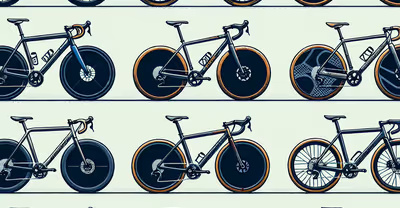

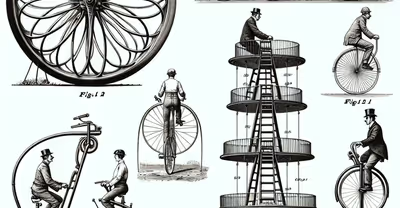



















































































































































































































































































































































































































































































































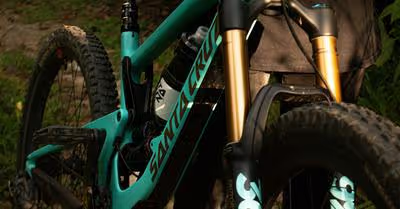
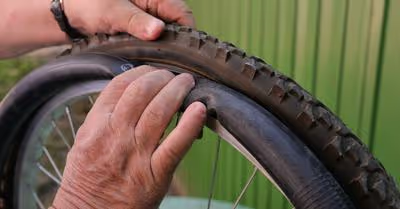

















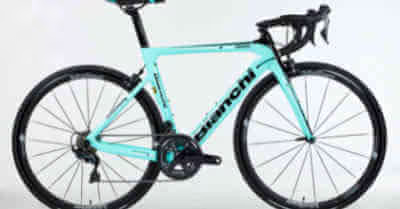



































.avif)
